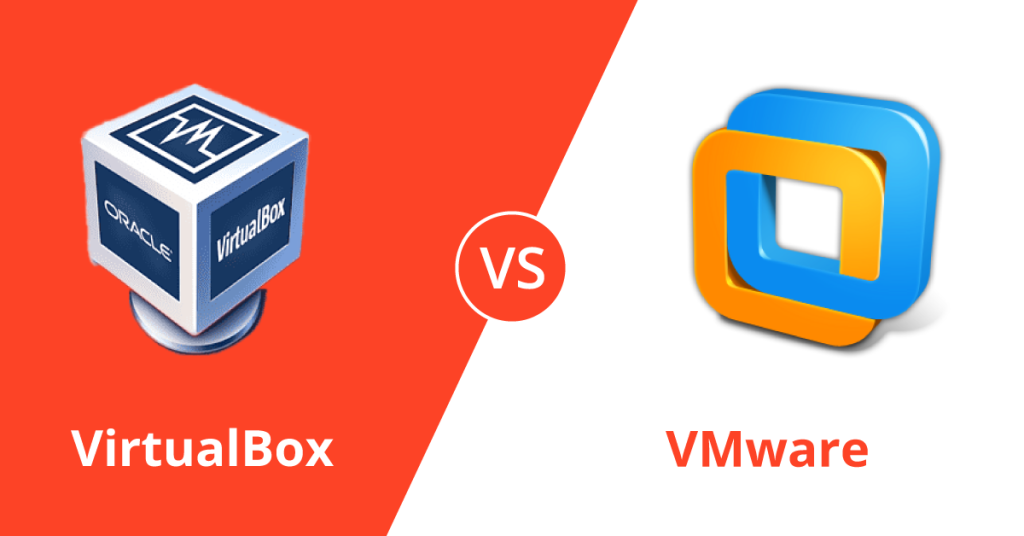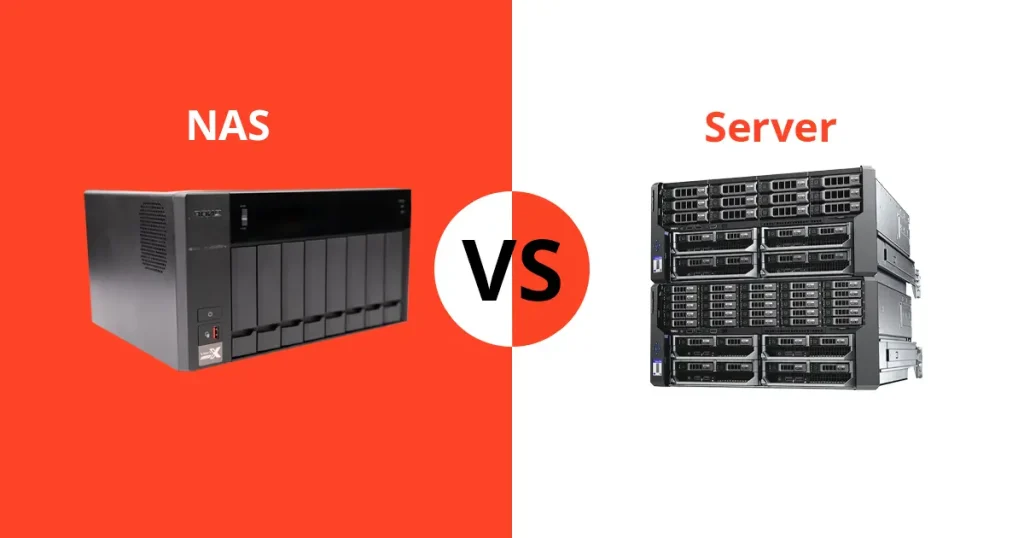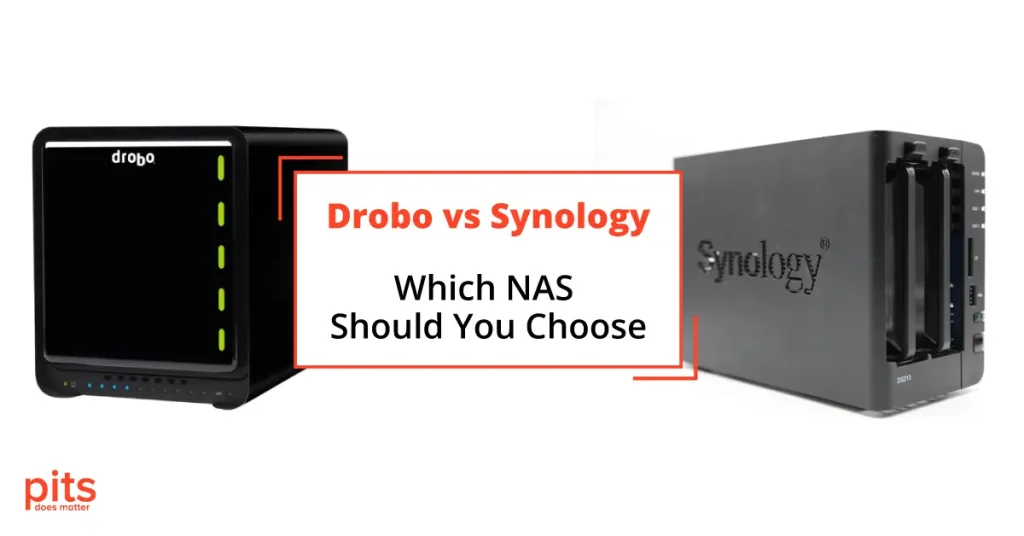In the current era of digital advancement, where expeditiousness and efficacy hold utmost significance, conventional hard disk drives (HDDs) are swiftly being supplanted by solid-state drives (SSDs). Within the realm of SSDs, two prevalent choices emerge: SATA SSDs and NVMe SSDs. These storage solutions boast noteworthy enhancements in performance, dependability, and physical design when compared to their mechanical equivalents. In the forthcoming blog post, we shall delve into the fundamental distinctions between SATA SSDs and NVMe SSDs, illuminating their characteristics, advantages, and application scenarios.
What is an SSD, and How Does It Function?
Prior to delving into the specifics of SATA SSDs and NVMe SSDs, it is pertinent to gain a brief comprehension of SSDs in general. Solid-state drives are storage devices that employ flash memory to store and retrieve data, distinct from HDDs which rely on rotating disks and mechanical read/write heads. SSDs constitute non-volatile memory devices, thereby retaining data even in the absence of power.
SSDs employ integrated circuits to store data within memory cells. Each cell possesses the capacity to store multiple bits of information, and upon application of electrical charges, the cells can be programmed or erased. This flash memory technology empowers SSDs to deliver swifter access times, diminished latency and heightened durability in comparison to HDDs.
SSD Types: SATA and NVMe
Solid-State Drives (SSDs) are available in diverse form factors and interfaces. Among these, two prevalent types are SATA SSDs and NVMe SSDs, each exhibiting distinctive performance attributes and compatibility characteristics.
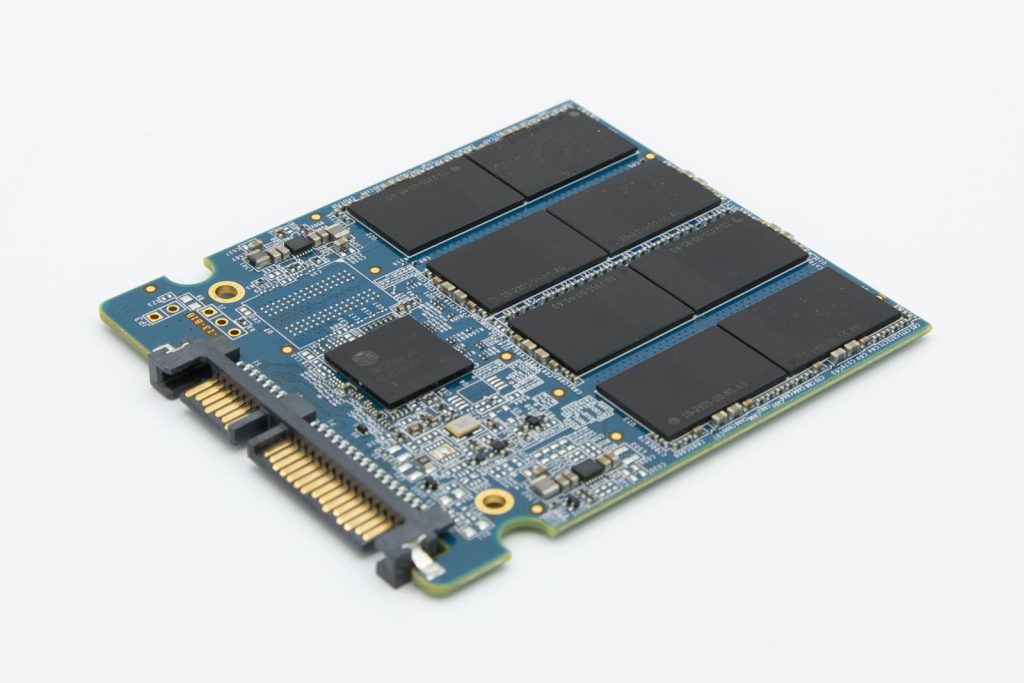
What is SATA SSD?
Serial ATA (SATA) SSDs represent the conventional option for solid-state storage. They make use of the SATA interface, which has garnered widespread acceptance for connecting storage devices to computers.
SATA SSDs typically adopt a 2.5-inch form factor, resembling the size of laptop HDDs, thereby ensuring compatibility with the majority of desktop and laptop systems.
These SATA SSDs present notable performance advantages over their HDD counterparts, offering swifter data transfer rates, reduced access times, and heightened reliability due to the absence of mechanical components. Nonetheless, SATA SSDs do encounter constraints in reaching their maximum potential speeds due to the limitations inherent in the SATA interface.
What is NVMe SSD?
Non-Volatile Memory Express (NVMe) SSDs epitomise the forthcoming generation of solid-state storage devices meticulously crafted to harness the complete potential of flash memory technology. NVMe stands as an advanced host controller interface and storage protocol specifically tailored for PCIe SSDs. PCIe (Peripheral Component Interconnect Express) serves as a high-speed interface widely employed for linking peripheral devices, such as graphics cards and network adapters.
NVMe SSDs, typically available in the M.2 form factor, showcase unparalleled performance and scalability. M.2 NVMe SSDs establish a direct interface with the PCIe bus, thereby permitting substantially higher bandwidth and reduced latency in comparison to SATA SSDs. Consequently, NVMe SSDs bestow blazing-fast read and write speeds, rendering them highly suitable for resource-intensive workloads like gaming, content creation, and data-centric applications.
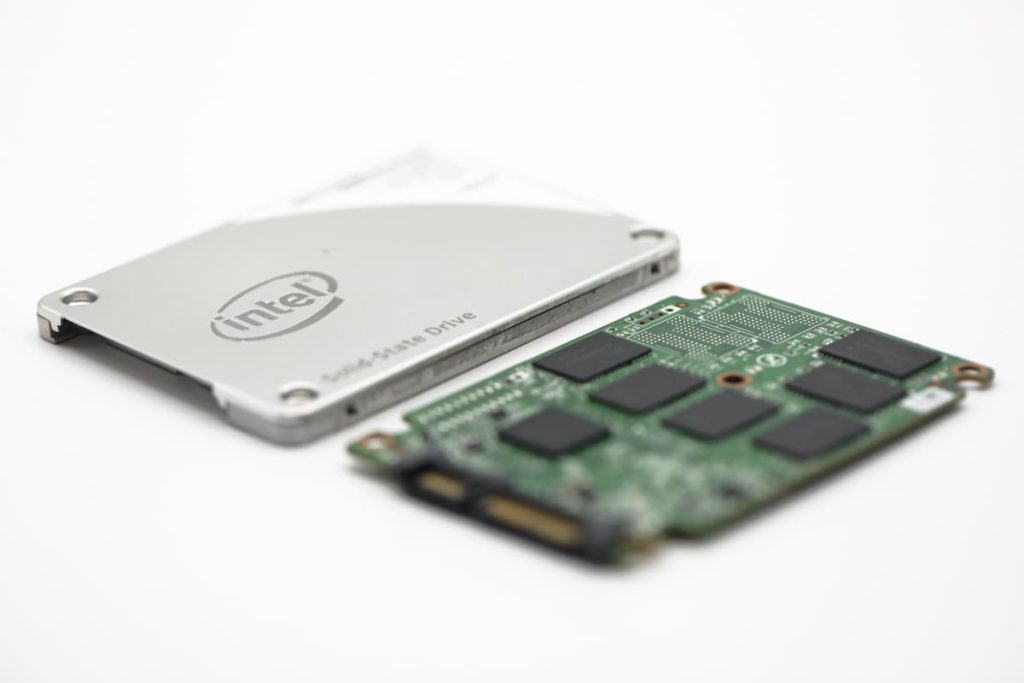
SATA SSD vs. NVMe SSD: A Comparative Analysis
When faced with the decision of choosing between SATA SSDs and NVMe SSDs, several pivotal factors demand consideration:
Performance:
NVMe SSDs exhibit notably superior performance in comparison to SATA SSDs. The deployment of the PCIe interface in NVMe drives furnishes a broader data pipeline, thereby enabling accelerated data transfer rates and reduced latency. NVMe SSDs can achieve sequential read and write speeds of several gigabytes per second, while SATA SSDs typically operate at more modest speeds. For those seeking peak performance and handling data-intensive workloads, NVMe SSDs emerge as the unequivocal choice.
Form Factor and Compatibility:
SATA SSDs come in the 2.5-inch form factor, rendering them compatible with the majority of desktop and laptop systems. Conversely, NVMe SSDs predominantly adopt the M.2 form factor, presenting a more compact footprint that suits ultrabooks and compact desktop builds splendidly. However, it is imperative to ascertain that your system supports the M.2 interface before opting for an NVMe SSD.
Price:
SATA SSDs tend to be more cost-effective in contrast to NVMe SSDs. While NVMe technology experiences ongoing advancements, resulting in gradual price reductions, SATA SSDs persist as a superior value proposition for prudent budget-conscious consumers. If cost is a primary concern, and uncompromising peak performance is not an imperative requirement, selecting a SATA SSD represents a judicious and economical choice.
Use Cases:
SATA SSDs cater suitably to a broad spectrum of applications, encompassing operating system installations, general computing tasks, and everyday usage. They deliver a substantial enhancement over HDDs, significantly elevating overall system responsiveness, thereby presenting an evident boon to system performance.
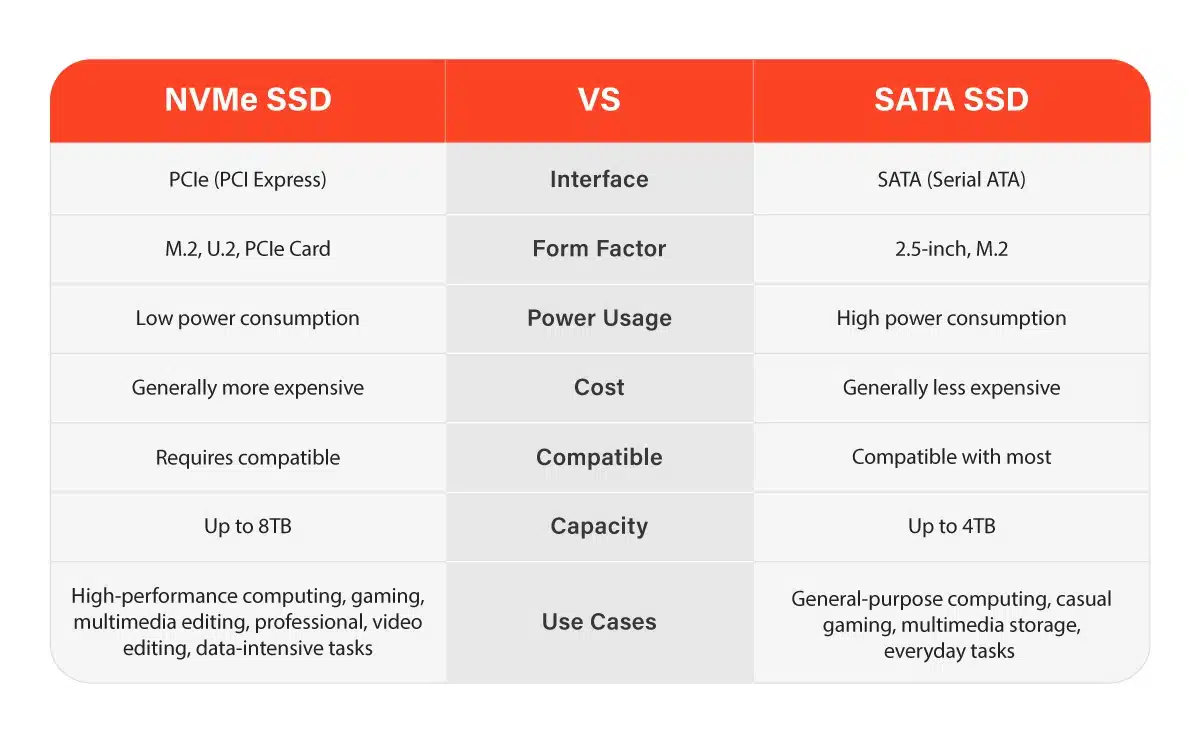
NVMe SSDs demonstrate their prowess in scenarios where ultra-fast storage performance holds paramount importance.
Gamers, content creators, and professionals dealing with extensive datasets or intricate simulations can greatly benefit from the remarkable read and write speeds offered by NVMe SSDs.
These SSDs excel in tasks that necessitate intensive multitasking, vast file transfers, and high-end gaming experiences.
When confronted with the choice between SATA SSDs and NVMe SSDs, the decision hinges on your particular requirements and financial considerations. SATA SSDs, being dependable and cost-effective, deliver a substantial performance enhancement over traditional HDDs. On the other hand, NVMe SSDs offer unparalleled speed and cater ideally to power users and professionals seeking peak performance.
As NVMe technology continues to evolve and prices become more competitive, it is probable that NVMe SSDs will experience wider adoption in a plethora of computing devices. Ultimately, the determination between SATA and NVMe rests on striking the right balance between performance, cost, and compatibility tailored to your specific use case.
Frequently Asked Questions
What constitutes the primary disparity between SATA SSD and NVMe SSD?
The principal divergence lies in the interface employed to connect with the system. SATA SSDs employ the SATA interface, whereas NVMe SSDs utilise the PCIe interface. This dissimilarity significantly influences their performance capabilities.
Which of the two is swifter: SATA SSD or NVMe SSD?
NVMe SSDs generally outpace SATA SSDs owing to the higher bandwidth and reduced latency facilitated by the PCIe interface. NVMe SSDs achieve notably elevated sequential read and write speeds, leading to an overall enhancement in performance.
Do SATA SSDs remain compatible with systems supporting NVMe?
Indeed, SATA SSDs are compatible with systems that support NVMe. However, it is important to acknowledge that NVMe systems may not entirely exploit the potential speed of SATA SSDs. It is advisable to ascertain the compatibility and available interfaces of your system before making a purchase.
Can an NVMe SSD be employed in a system that supports SATA SSDs?
In the majority of cases, yes. NVMe SSDs can be utilized in systems featuring a compatible M.2 slot or a PCIe adapter. Nonetheless, it is imperative to verify the compatibility of your system before installing an NVMe SSD.
We’re Here to Help
Our experienced team is committed to helping you recover your critical data. No matter the situation, we work diligently to ensure the best possible outcome. Take action now and let us restore what’s important to you.
Start Recovery Process
"*" indicates required fields
